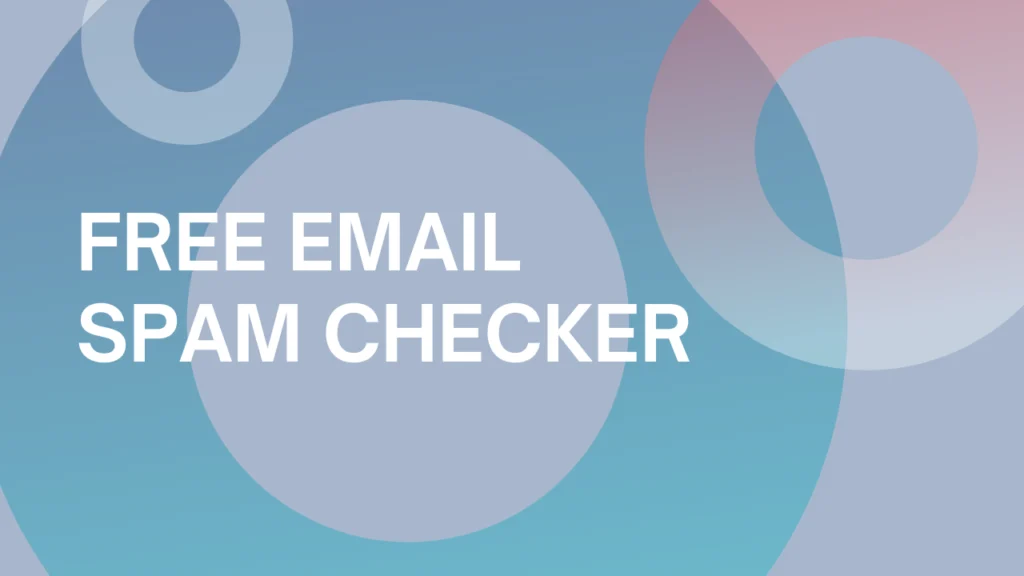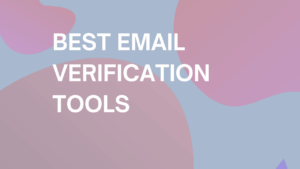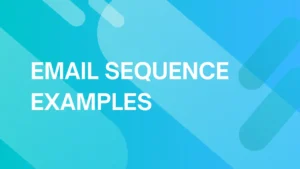
Should you use a free email spam checker?
You’ve spent time crafting the perfect email.
It’s engaging, interesting and offers value to your readers. After sending out your communication, however, metrics indicate that some of them landed in a spam folder automatically.
This not only hurts your sender reputation — an ongoing score from email service providers (ESPs) — but also your brand, leaving a poor impression on qualified leads or contacts for cold outreach. They might never even check to find your message at all.
Take a look at the benefits and uses of a free email spam checker and how to avoid the dreaded junk folder.
Why are spam tests good for deliverability?
Spam indicates that an email was sent to a large number of people, may have the insidious intent of subjecting the recipient to malware, or from a phony business looking for a payout.
IBM’s 2022 Cost of Data Breach report found that 83% of organizations have experienced a malware email in their lifetime and that these attempts have increased in recent years.
But, email remains one of the most effective resources for businesses to communicate with customers.
If your emails keep getting flagged as spam, you’re not only throwing money down the drain, but your ESPs may penalize or ban you from using email altogether.
The solution is a robust free email spam checker. It combs through both the content and your email domain to ensure your email is doing everything it can to get to the right people.
What is a spam checker?
An email spam checker will examine your email for spam words and indicators before it goes out to your customers.
It’ll look for technical and content errors that may send a red flag to a spam filter. Email deliverability is essential to maintaining good content and ESP reputation.
Do you need a free email spam checker?
If one or more of your emails have been flagged for spam, now’s a great time to set up a spam test.
You’ll discover what deliverability issues you may have; they’re probably more subtle than you realize.
From there, you can create an action plan for how to fix them and ensure that your email gets to the right person.
This means more return on investment (ROI), more leads, better brand awareness and customer engagement.
What an advanced spam checker should offer
As you search for a spam checker provider, it’s important to keep certain criteria in mind before introducing the service to your entire department.
While many tools have their own quirks and provisions, a great free email spam checker should give you:
1. Sender scores
Your sender score is an indication of how trustworthy your email is for recipients based on your IP address.
It will score you on a scale of 1 to 100. This score will change depending on your email-sending habits and customer responses.
A good platform will gather information from ESPs and mark your score based on how many people move your email to spam or unsubscribe.
Mail servers will often consider your sender score before deciding whether to label it as a spam email or block the message altogether.
A common error message you might see is 550 high probability of spam, indicating a significant issue with your email’s deliverability.
The lower your score, the less likely your email will be legitimized.
Plus, like a credit rating, your sender reputation can keep falling with subsequent attempts until you’re blacklisted. There are ways to get out of a blacklist, but first, you need to know if you’re there already or hovering at the edge.
2. Authentication checks
A great free email spam checker will ensure that your email does not show signs of phishing or spoofing, where a sender pretends to be from someone at the company. Such indicators include:
- Domain keys identified mail (DKIM) is a protocol used to detect phony sender addresses in emails.
- Domain-based Message Authentication, Reporting & Conformance (DMARC) helps senders protect their domain from being used by cybercriminals.
- Sender Policy Framework (SPF) works in tandem with DMARC to verify that an email from the ESP is what it says it is and sends an alert if indicated otherwise.
3. Content verification
Emails can trigger spam filters not only with their sender location, but also with what they say or attach. HubSpot has a long list of spam words, phrases and punctuation choices that could send your email straight to the spam folder. Some of these danger zones include:
- Adding too many irrelevant links.
- Beginning the email with “dear,” “my friend,” or anything other than their name.
- Using all caps or excessive exclamation points and question marks.
- Not including an unsubscribe button or link.
Don’t just check for spam — warm up your emails
Improving your sender score and getting well-crafted emails to the right person takes precision and a bit of creativity.
Each email should not only be personalized to the individual reading it with a personal greeting, but not everyone on your email list needs the same message based on where they’re at on the customer sales journey.
A focused email marketing strategy is driven by customer interests and engagement. Inbound emails support the omnichannel customer journey that guides — rather than pushes — a customer toward a sale.
Keeping this in mind will help avoid sending template emails to hundreds or thousands of recipients on a wing and a prayer.
Additionally, once you get your spam score, go back through your email and rework the content.
Then, use WarmUp Inbox to improve your deliverability score. We’re experts in prospect and customer connection and can help you get the results you need from email marketing.
Our platform monitors and helps improve your reputation score by reporting on domain name system (DNS), DMARCS and other security protocols so you know where your IP address score is.
We’ll help you strategize your email campaigns so they go out in small batches to real inboxes for iterative testing.
With this data, you’ll have actionable metrics so your emails not only get opened, but marked “important” as well — bypassing spam or junk mail filters altogether.
The best part is you can sign up for free to test it all out. With a 7-day free trial, you can try our services, connect with customers and understand what your email campaign needs to reach inboxes. To get started, sign up today.



